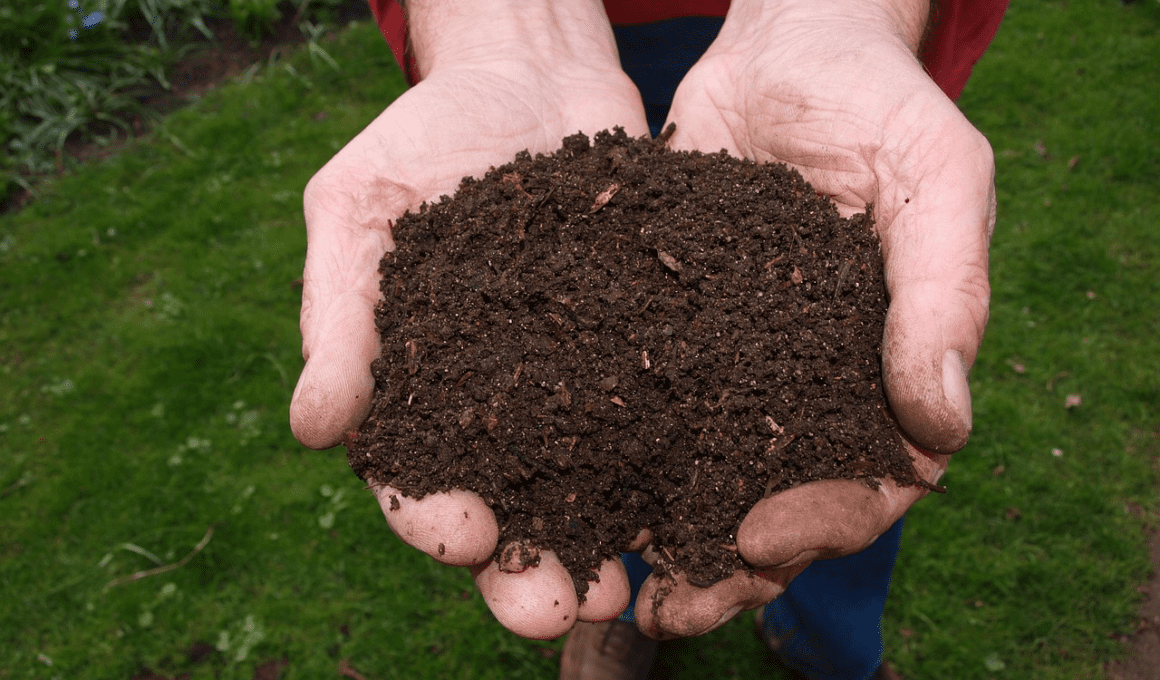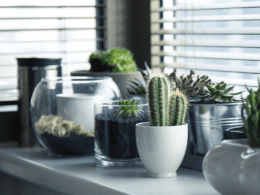Do you want to reduce your waste and create nutrient-rich soil for your plants? Composting is a great way to achieve both, but it can be time-consuming and messy. Enter compost tumblers, the perfect solution for those who want to compost without the hassle.
In this article, we will guide you through mastering the use of compost tumblers in six easy steps, so you can enjoy the benefits of composting without the stress.
Compost tumblers are closed containers that significantly reduce the time required to produce finished compost at home. With the right materials and maintenance, you can have nutrient-rich soil for your plants in no time.
But how do you use a compost tumbler? What materials should you use? And what should you avoid putting in it? We will answer all these questions and more in this article, so you can become a compost tumbler pro in no time.
Get ready to reduce your waste and improve your gardening game with our easy-to-follow guide.
Quick Takeaways
- Compost tumblers are closed containers that significantly reduce the time required to produce finished compost at home, and are made up of a closed barrel with an opening and small air holes.
- To use a compost tumbler, you need a good ratio of green and brown waste, a compost accelerator, and a shaded spot with limited moisture. The tumbler should be turned daily, and finished compost can be produced in 2 to 3 weeks.
- DIY compost tumblers can be made from heavy-duty cylinder trash containers with air holes drilled all around, and a securely attached lid with bungee cords.
- Composting in a tumbler is a great way to get all the benefits of composting without most of the work that a conventional compost pile demands.
How Can Compost Tumblers Improve Efficiency in Gardening?
Compost tumblers are essential tools for efficient gardening techniques. By using them, gardeners can easily and effectively recycle kitchen scraps and yard waste to create nutrient-rich compost. Compost tumblers speed up the decomposition process while minimizing odors and pests, allowing for quicker turnaround times and more frequent use of compost. This in turn improves soil fertility and plant health, leading to higher crop yields and a more sustainable garden.
What are Compost Tumblers?
You can significantly reduce the time it takes to produce finished compost at home by using a compost tumbler. These closed containers use small air holes to provide necessary aeration and a mechanism like a handle or lever to easily mix the organic matter inside.
Compost tumblers come in different types, but they all have the same goal: to turn your organic waste into nutrient-rich compost that can be used in your garden.
One of the benefits of using a compost tumbler is that it significantly reduces the time and effort required to produce finished compost. This is because the tumbler allows you to easily mix and aerate the organic matter, creating the perfect environment for the microorganisms that break down the materials.
Another benefit of using a tumbler is that it keeps your compost contained and easy to manage. This means that you don’t have to worry about pests or animals getting into your compost pile, and you can easily move the tumbler around your garden as needed.
How to Use a Compost Tumbler
To use a compost tumbler effectively, it’s important to have a good balance of green and brown waste. This means using one part green waste, such as fresh organic material, and three parts brown waste, like paper, cardboard scraps, dried leaves or grass, eggshells, and wood products.
Here are some additional tips to help you get the most out of your compost tumbler:
- Use a compost accelerator to kick start the composting process in a closed tumbler.
- Place the tumbler in a shaded spot with limited moisture to prevent overheating and rot.
- Turn the tumbler daily to provide enough air to the aerobic microorganisms working hard to make compost.
- If the tumbler dries out, add a quart or two of water directly to the tumbler and turn it a few times to distribute the moisture.
- Open up the tumbler every once in a while to check for foul smells, too much moisture, or dried-out compost.
By following these maintenance and troubleshooting tips, you can ensure that your compost tumbler produces high-quality compost for your gardening needs. Not only does using a compost tumbler significantly reduce the time required to produce finished compost at home, but it also helps reduce waste and promotes sustainability. So go ahead and give it a try – your garden will thank you!
DIY vs. Conventional Composting
For those looking for alternative composting methods, it’s worth considering the differences between DIY composting and conventional composting.
DIY composting involves making your own compost tumbler out of a heavy-duty cylinder trash container. This method is cost-effective, and you can customize the size and features of your tumbler to suit your needs. DIY composting also allows for quick and easy turning of the compost, which is necessary for proper aeration.
Conventional composting, on the other hand, involves creating a compost pile directly on the soil. While this method may seem simpler and more natural, it has some drawbacks. First, it requires more space and can attract pests and animals. Additionally, it can take longer to produce finished compost, as the lack of a closed container means that the compost may not heat up as efficiently.
Overall, both methods have their benefits and drawbacks, so it’s important to choose the one that works best for your specific situation and needs.
Frequently Asked Questions
How often should I add new materials to my compost tumbler?
For optimal Compost Tumbler Maintenance and to maximize composting efficiency, add all materials at once instead of adding over time. This ensures consistent heat and decomposition. Avoid adding non-biodegradable materials and turn daily for proper aeration.
Can I add weeds or invasive plants to my compost tumbler?
Weed composting is possible, but check the composting regulations in your area first. Make sure the weeds are not diseased and avoid putting invasive plants in your compost tumbler. Always follow composting guidelines to ensure safety.
Is it necessary to use a compost accelerator in my tumbler?
You don’t need a compost accelerator for your tumbler. Slow composting has its benefits, and there are alternatives like manure or coffee grounds. Keep the tumbler moist and turn it often for effective decomposition.
How much compost can I expect to produce from a single compost tumbler?
With a compost tumbler, you can expect to produce up to 10-15 gallons of compost per batch. To maximize compost output, fill the tumbler to capacity and turn it daily for 2-3 weeks.
Can I use finished compost from my tumbler in potted plants or indoor gardens?
Yes, you can use finished compost from your tumbler for potted plants and indoor gardens. Using tumbler compost for hydroponics can improve plant growth and reduce the need for synthetic fertilizers. The benefits of using tumbler compost for indoor plants include healthier soil and improved plant growth.









